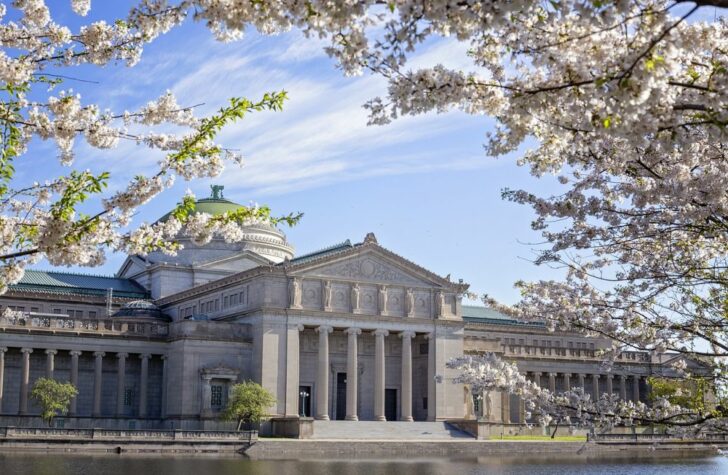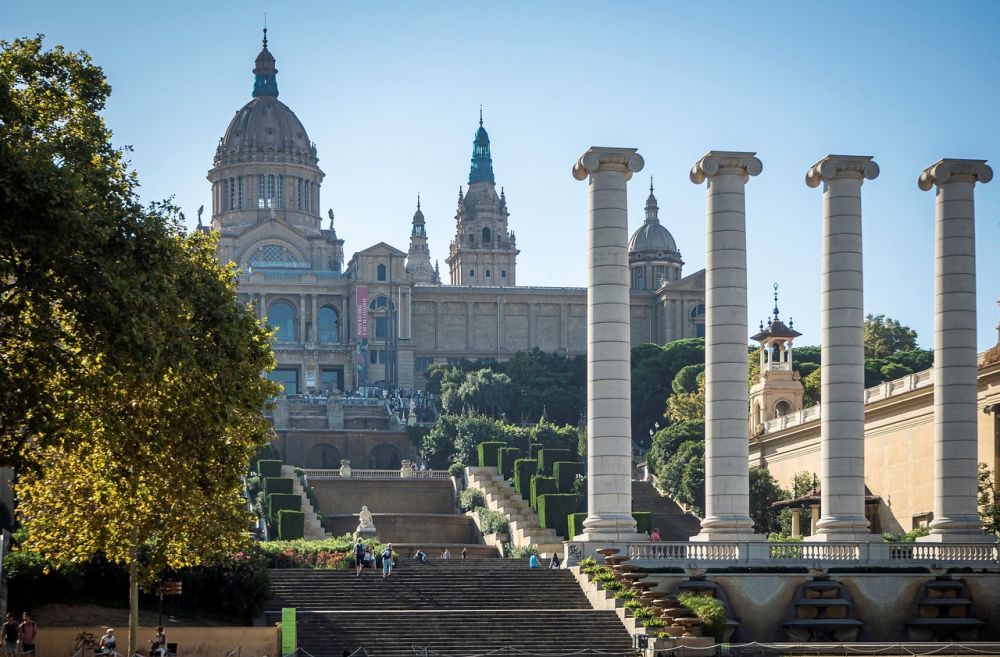Museum Berlin: Utforska en Värld av Kultur och Historia

Introduction:
Berlin, the vibrant capital of Germany, is famous for its rich history and cultural heritage. One of the best ways to delve into the city’s past and experience its diverse offerings is by visiting its numerous museums. In this article, we will provide a comprehensive overview of Museum Berlin, highlighting its various types, popular choices, quantitative measurements, differences among them, as well as a historical analysis of their advantages and disadvantages.
Overview of Museum Berlin

Museum Berlin is a collective term encompassing a wide range of museums spread across the city. These museums offer an extensive collection of artifacts, artworks, and exhibitions that showcase the history, art, and culture of Berlin and the world. Visitors can explore everything from ancient civilizations to contemporary art installations, providing an immersive experience for all.
Presentation of Museum Berlin
1. Types of Museums:
Museum Berlin comprises different types of museums, each with its unique focus and offerings. Some notable types include:
– Historical Museums: These museums delve into Berlin’s history, featuring exhibitions on various periods, such as the World Wars and the Cold War.
– Art Museums: Showcasing a diverse range of artworks, including paintings, sculptures, and installations, these museums cater to art enthusiasts.
– Science Museums: Offering interactive displays and hands-on experiences, science museums in Berlin engage visitors in exploring scientific concepts and discoveries.
– Technology Museums: Focusing on technological advancements, these museums exhibit innovative machines, inventions, and industrial developments.
– Natural History Museums: Housing extensive collections of flora, fauna, fossils, and geological specimens, these museums provide insights into the natural world.
2. Popular Museums in Museum Berlin:
Among the myriad choices offered by Museum Berlin, several museums have garnered immense popularity. Some of these include:
– The Pergamon Museum: Known for its remarkable archaeological artifacts, including the Pergamon Altar, this museum attracts millions of visitors every year.
– The Berlin Wall Museum: Offering a deep dive into the history of the Berlin Wall, this museum chronicles the division and reunification of the city.
– The Altes Museum: Focusing on classical antiquities, this museum showcases Greek and Roman sculptures, providing a glimpse into ancient civilizations.
– The DDR Museum: Immersing visitors in the everyday life of East Germany during the German Democratic Republic era, this museum offers interactive exhibits.
– The Gemäldegalerie: Featuring one of the world’s finest collections of European paintings from the Middle Ages to the 18th century, this museum is a haven for art lovers.
: Infoga här ett videoklipp som ger en visuell rundtur i något av Berlinmuseerna, visar några höjdpunkter och ger en känsla av atmosfären.]
Quantitative Measurements of Museum Berlin
To gauge the impact and popularity of Museum Berlin, let’s explore some quantitative measurements:
1. Visitor Numbers: Each year, Museum Berlin attracts millions of visitors from around the globe, making it a significant cultural hub.
2. Social Media Engagement: Museum Berlin’s museums actively engage with visitors through social media platforms. Instagram, Facebook, and Twitter are often used as channels to share updates, promote exhibitions, and interact with the audience.
3. Online Reviews: Through popular platforms like TripAdvisor, visitors rate and review their experiences at Museum Berlin’s museums, providing insights into their satisfaction levels and overall quality.
Differences Among ”Museum Berlin”
Despite belonging to the collective term ”Museum Berlin,” each museum offers unique experiences and focuses on different aspects of history and culture. Here are some key differences among them:
1. Size and Scope: Museum Berlin encompasses both large-scale museums with comprehensive collections and smaller, specialized museums focusing on specific themes or periods.
2. Architectural Significance: Some museums in Museum Berlin are famous for their architectural splendor, such as the Neues Museum with its striking blend of historical and modern architecture.
3. Curatorial Choices: Curators play a vital role in shaping the narrative of each museum. Their selection and presentation of artifacts and artworks contribute to the distinctiveness of each museum within Museum Berlin.
Historical Analysis of Advantages and Disadvantages of ”Museum Berlin”
Over the years, various advantages and disadvantages have emerged in the development and maintenance of Museum Berlin’s museums. Let’s take a historical look at these factors:
1. Advantages:
– Preservation of Cultural Heritage: Museums in Museum Berlin serve as custodians of cultural artifacts and artworks, ensuring their preservation for future generations.
– Educational Value: These museums offer educational opportunities, helping visitors gain knowledge about diverse subjects, ranging from history to art to science.
– Tourism Impact: Museum Berlin’s museums contribute significantly to the city’s tourism industry, attracting visitors from all over the world and providing a boost to the local economy.
2. Disadvantages:
– Accessibility Challenges: Some older museums in Museum Berlin may face accessibility issues due to limited facilities for individuals with disabilities. Efforts are being made to address these concerns and ensure inclusivity.
– Space Constraints: As the popularity of Museum Berlin has grown, some museums face challenges in accommodating the increasing number of visitors, requiring innovative solutions for space management.
Conclusion:
Museum Berlin offers a treasure trove of history, art, and culture, enticing visitors from near and far. With its diverse range of museums, each offering unique experiences and perspectives, exploring Museum Berlin allows for an immersive journey through time and knowledge. Whether you’re a history buff, an art enthusiast, or simply curious about the world, a visit to Museum Berlin promises an enriching and memorable experience.

















